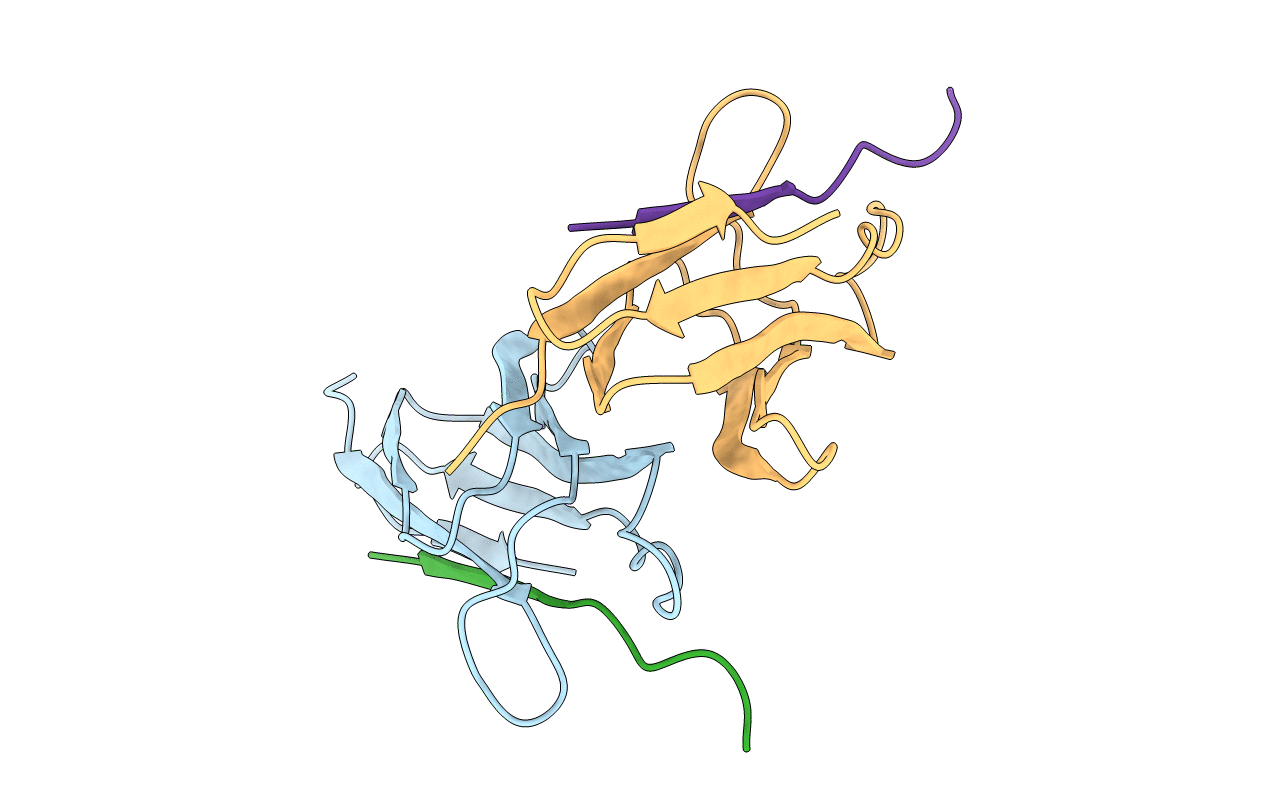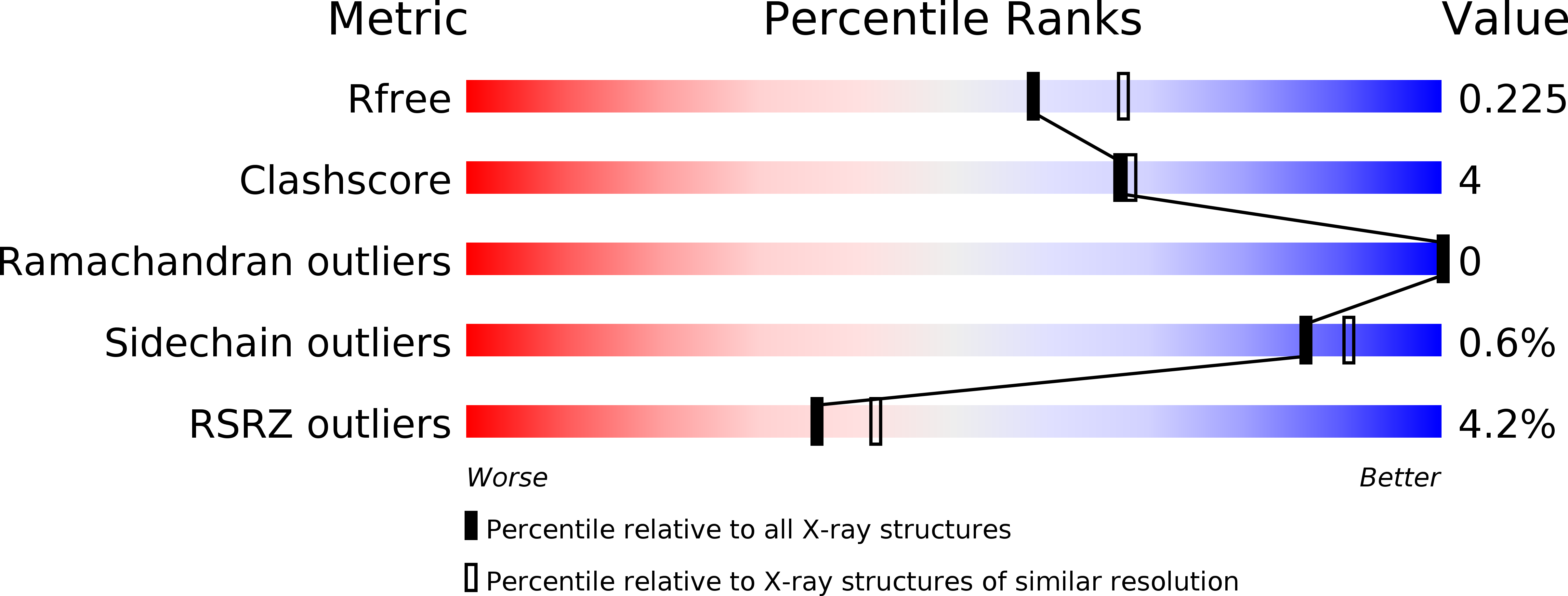
Deposition Date
2013-09-06
Release Date
2013-11-13
Last Version Date
2024-10-16
Entry Detail
PDB ID:
4MLI
Keywords:
Title:
Crystal structure of the SpyTag/SpyCatcher complex
Biological Source:
Source Organism:
Streptococcus pyogenes (Taxon ID: 1314)
Host Organism:
Method Details:
Experimental Method:
Resolution:
2.10 Å
R-Value Free:
0.22
R-Value Work:
0.19
R-Value Observed:
0.19
Space Group:
P 1


